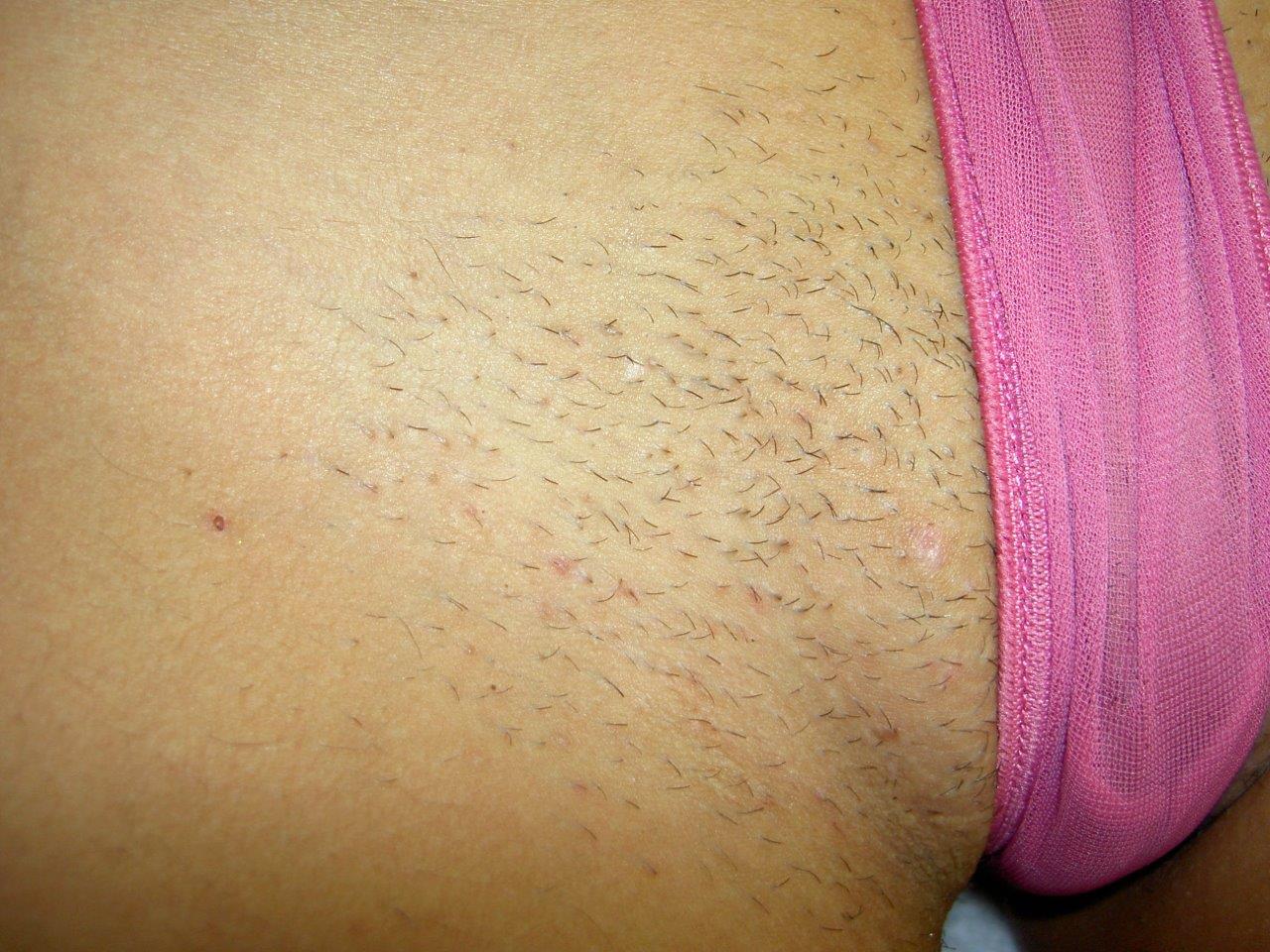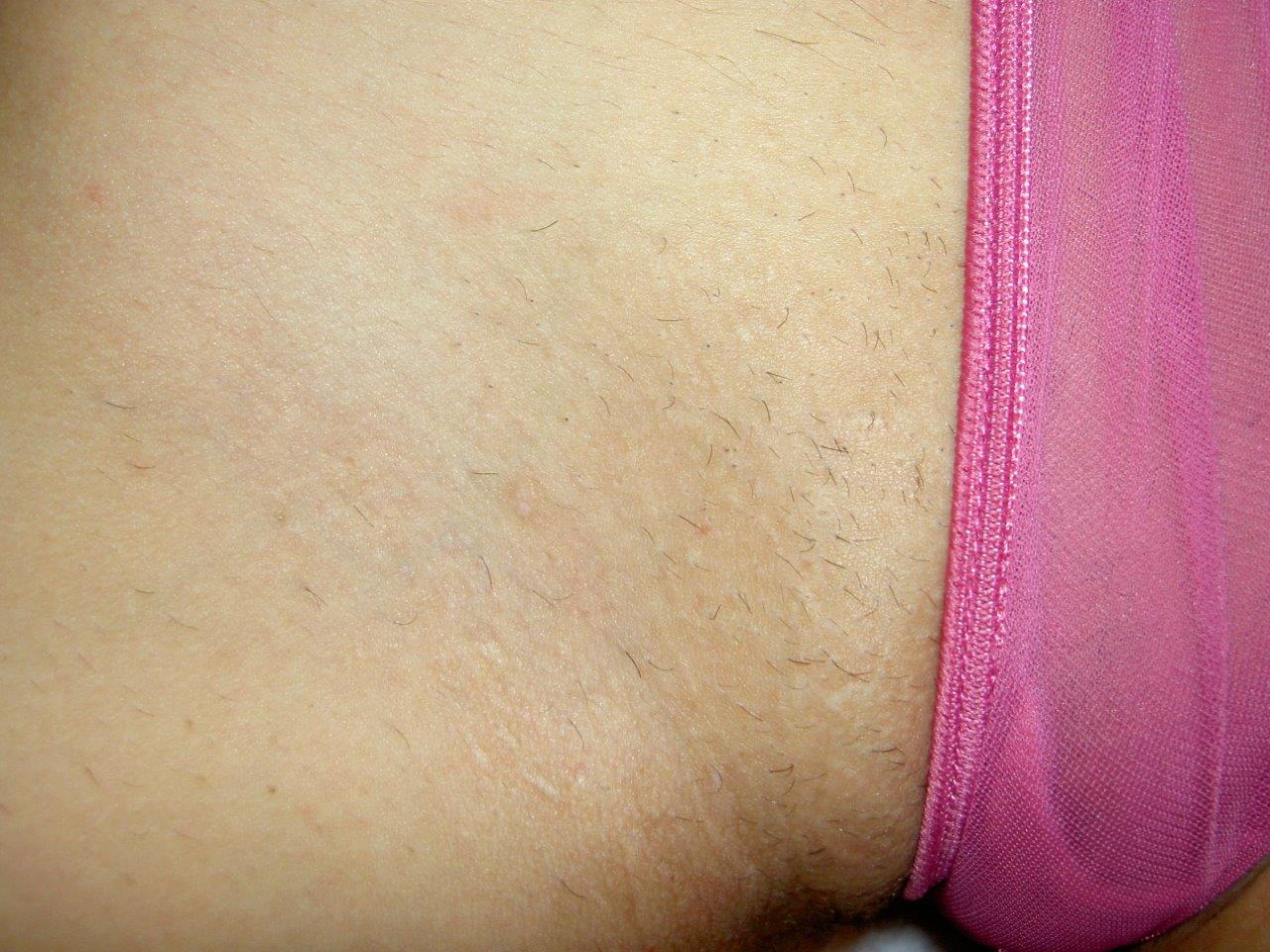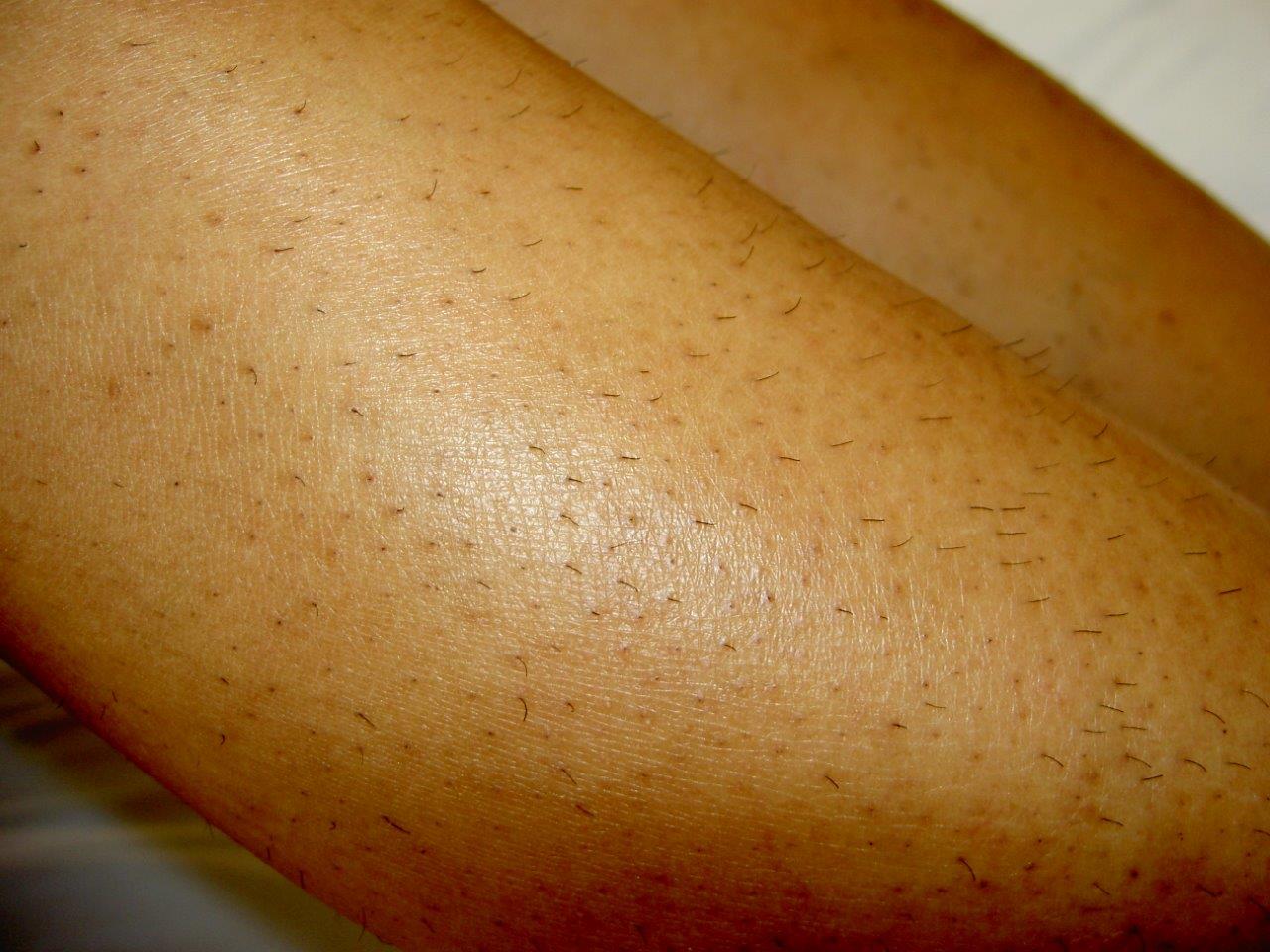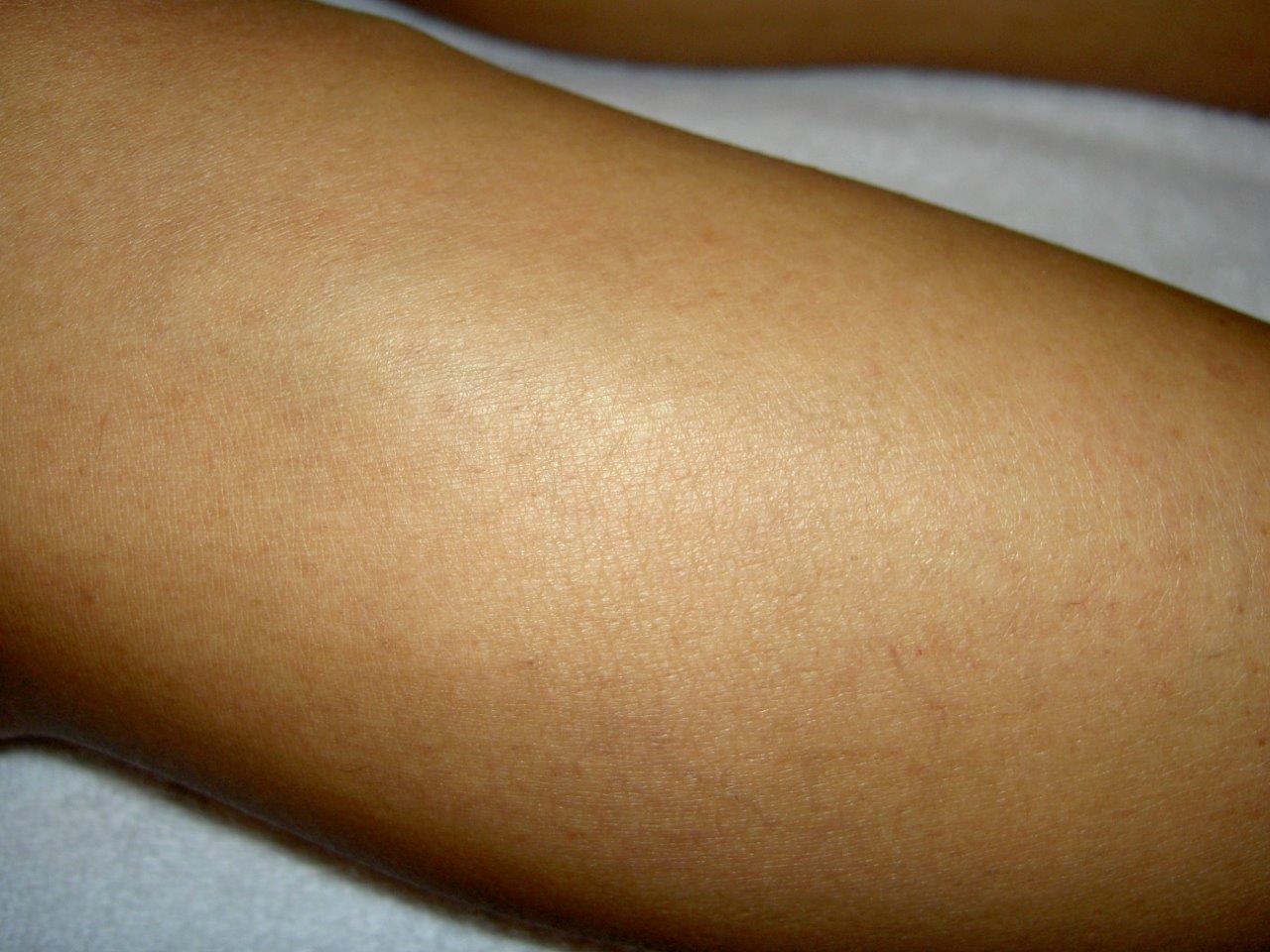Laser Hair Removal
It's our priority to ensure that all of our clients are well-informed. Should you have any further questions, don't hesitate to BOOK a complimentary consultation where you can discuss your inquiries with one of our Medical Aestheticians.



Progression After 3 Treatments


Progression After 6 Treatments
Laser Hair Removal has become the most effective method in rapid gentle removal of unwanted hair. It is a simple process with amazing results and a relatively comfortable and inexpensive method when compared to other types of hair removals.
A laser produces a focused beam of highly concentrated light which is then absorbed by the melanin in the hair surrounding the hair follicle. The pigment in the follicle absorbs the laser energy and converts it into heat, which selectively damages and disables the hair follicle. When the pulse of light is delivered, some clients experience a mild pinching, or stinging sensation. It often reminds clients of the snap of a rubber band. No local anaesthesia or pain medication is typically required, however some clients may prefer to use a topical anesthetic when sensitive areas are treated.
The laser is pulsed for only a fraction of a second. The duration is determined in order to be effective on the hair follicle while leaving no damage to pores or skin structures. Some of the hair is shed immediately after treatment; the rest is shed over the next 2 to 3 weeks.
All hair grows in a cycle that consists of four stages; (1) Anagen Phase - Growing Phase, (2) Catagen Phase - Transition Phase, (3) Telegen Phase - Resting Phase, and (4) Exogen Phase - Shedding Phase. Hair can only be permanently destroyed in the Anagen Phase/Growing Phase, where 50-85% of hairs are in this phase at one time. The hair follicle during this phase has an abundance of colour and is being fed by blood vessels, this is where the laser comes in as the heat generated from the laser light will seal off the blood vessels to these active hairs.
Major Factors that Contribute to the Growth of Excess Hair:
- Heredity
- Racial Characteristics
- Glandular Disturbances (For example; Thyroid, Polycystic Ovaries, Overactive Adrenal Glands, etc.)
- Medication
- Topical Influences
- Stress
During the normal systemic changes in a women’s life, hormone production varies. It is not uncommon for hormones during these times to be unbalanced. Increased male hormones (androgens) can be present which may result in a male pattern of hair growth. When a hormonal imbalance is suspected you will be encouraged to see your doctor for blood tests that may help to determine the source of the imbalance.
Everyone’s hair grows differently depending on age, weight, metabolism, hormones, hair thickness, the area treated, medications, ethnicity, etc. Typically 25-35% of hair in the Anagen Phase/Growing Phase contain enough pigment to be permanently reduced. Hairs that survive will come back, usually weaker and finer in texture. You can expect around 15-30% reduction with each treatment, and 85-95% reduction after 3-6 treatments. Some individuals will experience a greater percentage reduction per treatment as it depends on the hair colour, density and tolerance.


Progression After 3 Treatments


Progression After 6 Treatments
